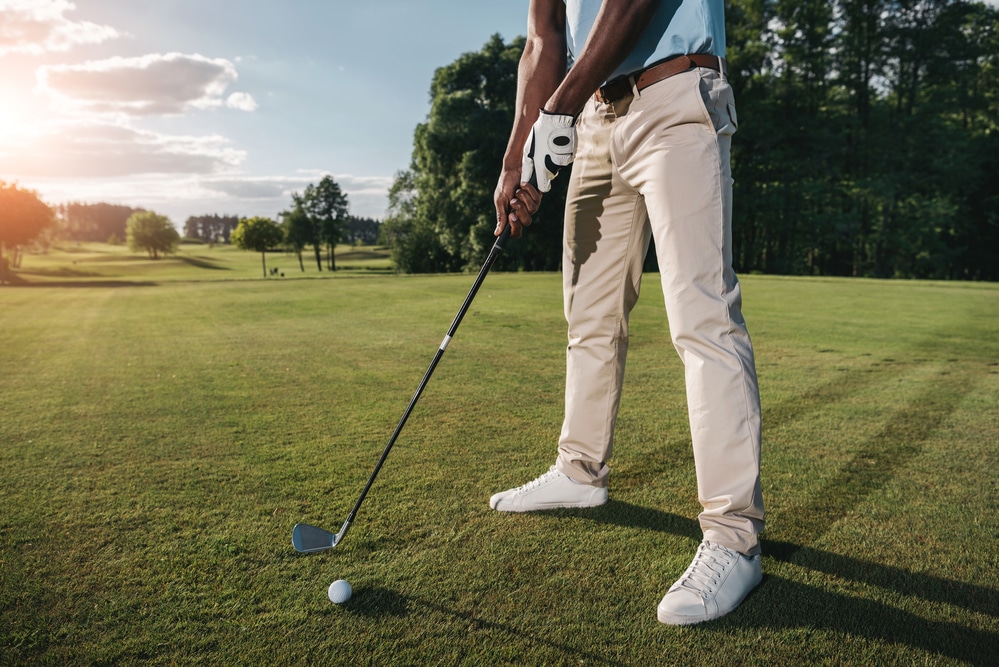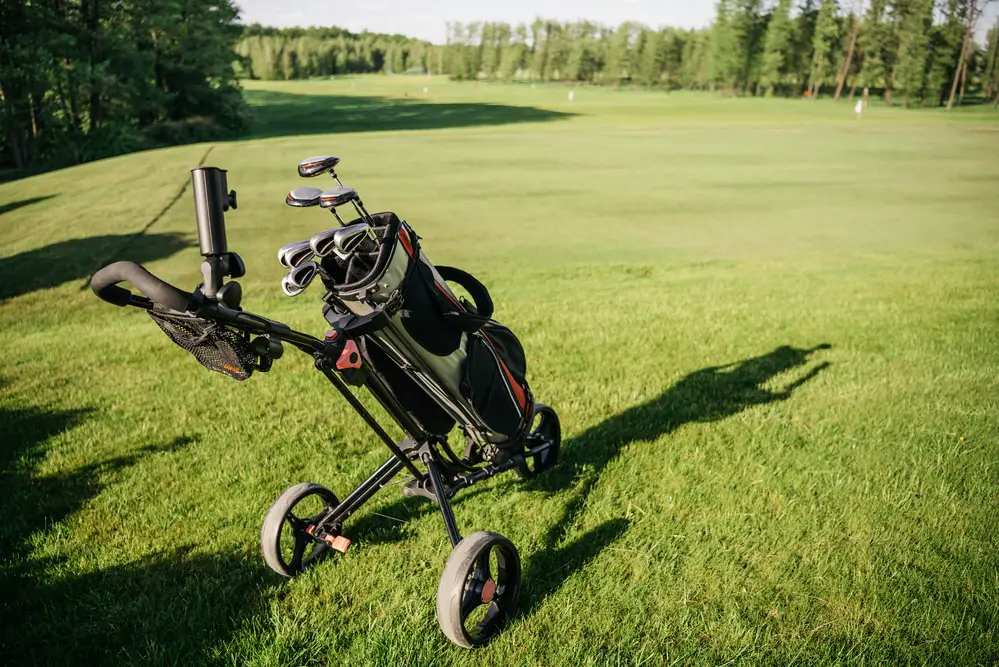Last Updated on November 8, 2023
Golf is a great way to enjoy the outdoors and get some exercise, but do you know what size golf grip you need? Knowing which type of grip best suits your game can make all the difference in improving your swing. Understanding how different sizes and styles affect playability will help ensure that every round is enjoyable for years to come. In this blog post, we’ll discuss everything from the basics of golf grips, finding the right size grip, various types of grips available on the market today, maintaining your current one, as well as choosing one specifically tailored for you. So let’s start by getting familiar with sizing up our golf grips so we can hit those fairways with confidence.
Table of Contents:
- The Basics of Golf Grips
- Finding the Right Size Grip
- Grip Styles
- Grip Maintenance
- FAQs in Relation to What Size Golf Grip
- Conclusion
The Basics of Golf Grips
Grips are one of the most important components of a golf club, and they can make or break your game. There are several different types of grips available, each with its own advantages and disadvantages.
The first type is the traditional grip. This is the most common grip used by amateur players, as it provides good control over the club head and allows for more consistent shots. It also helps to reduce wrist action during swings, which can lead to improved accuracy. The downside is that it does not provide as much feel or feedback from the clubhead as other grips do.
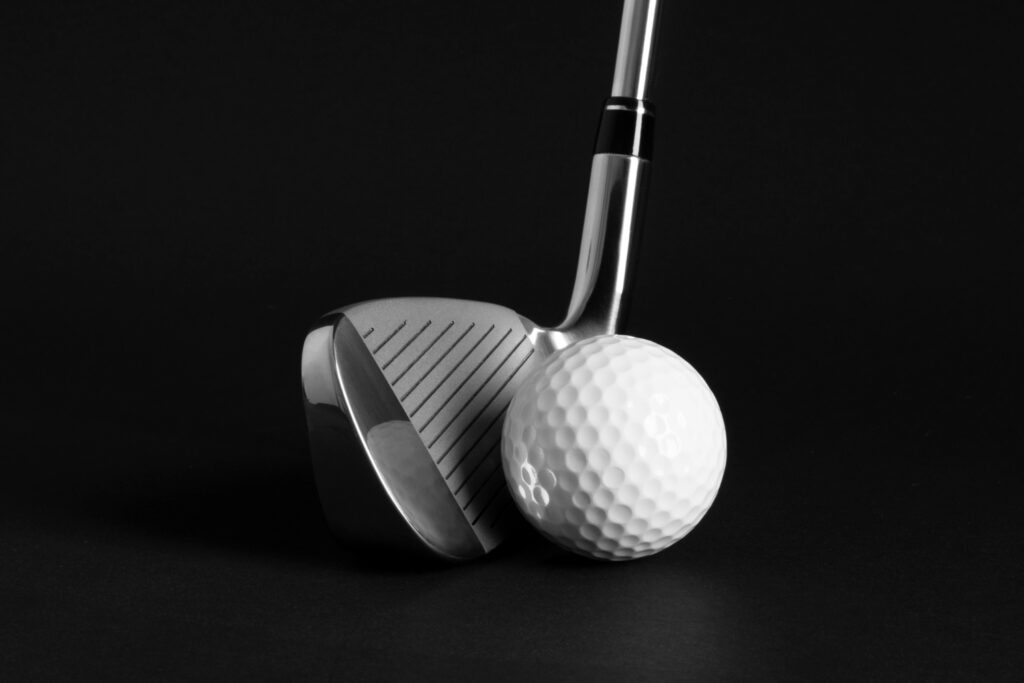
The second type of grip is known as an interlock grip. This style features two fingers on either side of the handle overlapping each other in order to create a secure connection between your hands and the clubhead. Interlock grips offer better control than traditional grips but may be less comfortable for some players due to their size and shape.
The third type of grip is called a cross-handed grip, where you place your left hand below your right hand on the handle instead of above it, like in a traditional setup. Cross-handed grips help promote greater power behind shots while providing increased stability when swinging through impact zones with longer clubs, such as drivers or fairway woods. However, this style requires more practice before you’ll be able to master it effectively since there’s no natural position for your hands when using this method compared to others, like interlocking or overlapping styles that come naturally with experience playing golf regularly over time
The last type of grip is a hybrid between the interlock and overlap styles, offering maximum comfort as well as superior control over the shot direction and distance. This style combines elements from both grips to provide an optimal experience on the course, regardless of conditions or terrain.
Finding the Right Size Grip
When it comes to finding the right size grip for your clubs, there are two main factors that you should consider: hand size and glove fit. Hand size refers to how big or small your hands are in relation to standard sizing charts. Glove fit refers to how well a particular type of golf glove fits your hand when worn correctly.
To measure your hand size accurately, use a ruler or tape measurer and wrap it around the widest part of your palm (not including your thumb). This measurement will give you an idea as to what type of grip you should be looking at – oversize grips typically range from 0.600”-0.620” while midsize grips usually fall between 0.580”-0.600” with undersize being anything below 0.580” in diameter
Once you have determined which type of grip is best suited for your hand size, it’s time to start trying out different types until you find one that feels comfortable when wearing gloves during playtime – this may take some trial and error but don’t get discouraged. Different brands offer various levels of tackiness, so make sure that whatever option you choose provides enough traction without feeling too sticky against skin contact points like palms or fingers.
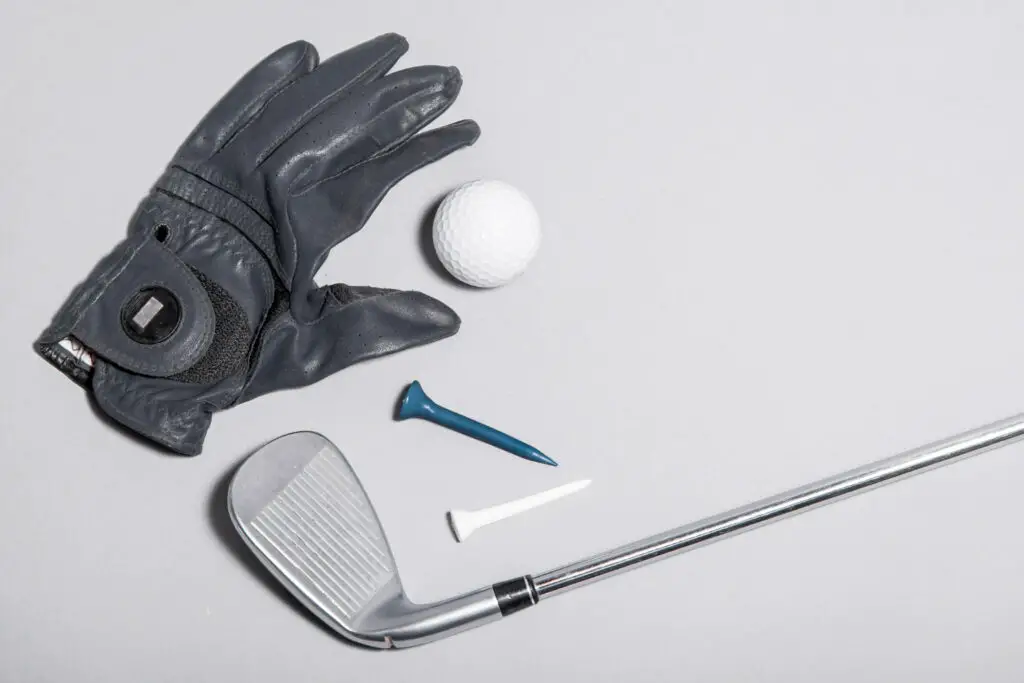
The next step is testing out different materials until you find something that works best for both comfort and durability. Rubberised compounds tend to provide more cushioning than leathers do, but they also wear down faster, so longevity should be taken into consideration. Additionally, pay attention to any contours or ridges along the surface, as these can help promote better control by providing extra friction between hands/gloves and club shafts during swings.
Finally, don’t forget about colour preference either since certain colours may clash with other elements within your set-up, such as head covers or bags, so try experimenting with different shades until something stands out visually.
Grip Styles
Golf grips are one of the most important components of a golf club. They provide the connection between your hands and the club, allowing you to control the direction and power of your shots. There are many different types of golf grips available, each designed to help improve your game in its own way.
The first type is known as a “standard” grip. This is the most common style used by amateur players, and it provides a comfortable feel for those just starting out with golfing. Standard grips feature a slightly larger diameter than other styles, which helps promote better hand placement on the club during swings. The added size also makes them easier to hold onto when taking full swings or putting pressure on shots from long distances away from the green.
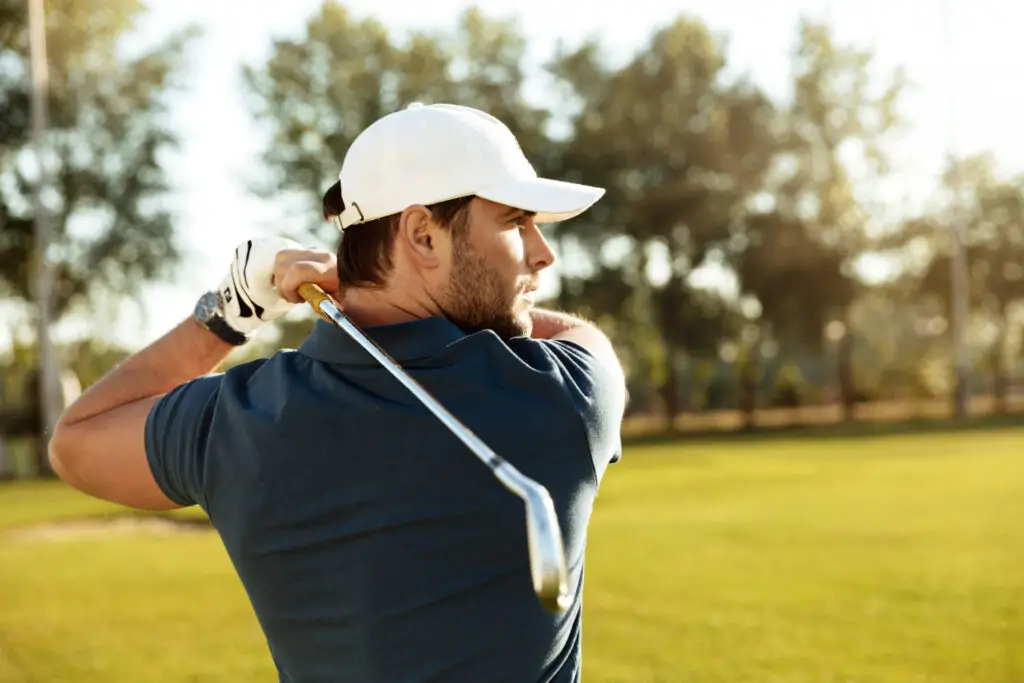
The second type is called an “oversize” grip. These are larger than standard-sized ones and offer more cushioning for those who have bigger hands or need extra support while swinging their clubs at high speeds. Oversized grips also reduce wrist movement during swings, helping keep accuracy consistent throughout each shot taken with them equipped on clubs.
The third type is known as an “undersize” grip, which offers less cushioning than standard-sized ones but still allows players to maintain good control over their shots due to its smaller size compared to others available in stores today. Undersized grips can be beneficial for those looking for increased precision when hitting short iron shots around greens or fairways without sacrificing too much comfortability in their hands while doing so either.
Grip Maintenance
Golf grips are an essential part of the game and need to be taken care of properly in order to ensure good performance. Cleaning your grip regularly is important, as dirt and grime can build up over time and make it difficult to get a secure hold on the club. Start by wiping down the grip with a damp cloth or towel, then use mild soap or detergent if necessary. Make sure you rinse off any residue before drying completely with another cloth.
It’s also important to check for signs of wear on your golf grips every few months. If they start looking worn out or frayed, it’s time for new ones. Replacing them is easy. Unscrew the old ones from the shaft and slide on some fresh replacements that match your size preference (standard, midsize, jumbo). It’s best to choose one made from rubber, as this material will provide better traction when gripping the club during play.
In addition to regular cleaning and maintenance checks, storing golf clubs correctly is key in preserving their condition – especially those with graphite shafts which are more prone to warping due to heat exposure than steel ones. Keep them away from direct sunlight when possible by placing them inside protective covers after each round, so they stay cool until the next time you hit the course.
FAQs in Relation to What Size Golf Grip
How do I know what size golf grip to get?
Golf grip size is an important factor in your game. It can affect your accuracy, power and comfort when playing. The best way to determine the right size for you is to get fitted by a professional golf instructor or club fitter. They will measure the circumference of your hands and use this information to recommend the correct size grip for you. Additionally, they may suggest trying different sizes until you find one that feels comfortable and provides optimal performance.
What size golf grip should I put on my irons?
Choosing the right size golf grip for your irons is an important decision. It can affect how well you hit the ball and even your overall game. Generally, a standard-sized grip will work best for most players, but if you have larger or smaller hands than average, then it may be beneficial to adjust accordingly. A good rule of thumb is to measure from the middle finger on your dominant hand to the crease in your wrist. This should give you an idea of what size grip would fit best.
Do pro golfers use midsize grips?
Yes, many professional golfers use midsize grips. These are larger than standard-size grips and provide more surface area for the golfer to hold onto. This helps them maintain a better grip on the club while swinging, resulting in increased accuracy and control over their shots. Additionally, midsize grips can help reduce fatigue in the hands during long rounds of golf as they require less effort to hold onto compared to smaller-sized grips. Ultimately, the choice of grip size is up to the individual golfer and their preferences.
What happens if golf grips are too big?
Grips that are too big can cause a number of issues when playing golf. Firstly, they can make it difficult to maintain a consistent grip on the club, leading to an inconsistent swing and inaccurate shots. Secondly, having grips that are too large will also increase the amount of wrist action needed during the swing, which can lead to strain and fatigue in your arms and wrists. Finally, having grips that are too big can reduce the feel for the clubhead at impact, which could affect shot accuracy. It is important to ensure your golf grips fit correctly so you get maximum performance from each shot you take.
Conclusion
Whether you’re a beginner or a pro, understanding the basics of golf grips, the different styles available, and how to maintain them will help you find the perfect fit for your swing. With so many options out there, it can be overwhelming, but with some research and practice, you can find the right size golf grip that works best for you.
